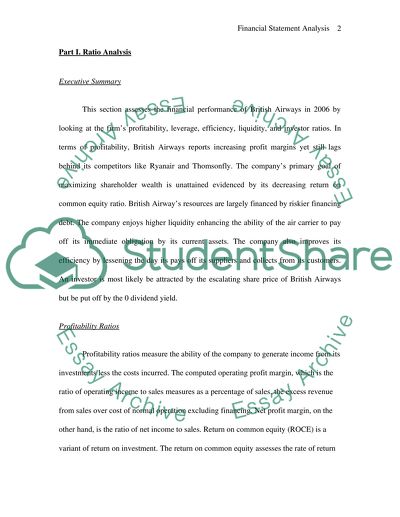Cite this document
(“British Airways Essay Example | Topics and Well Written Essays - 3500 words”, n.d.)
Retrieved from https://studentshare.org/miscellaneous/1504871-british-airways
Retrieved from https://studentshare.org/miscellaneous/1504871-british-airways
(British Airways Essay Example | Topics and Well Written Essays - 3500 Words)
https://studentshare.org/miscellaneous/1504871-british-airways.
https://studentshare.org/miscellaneous/1504871-british-airways.
“British Airways Essay Example | Topics and Well Written Essays - 3500 Words”, n.d. https://studentshare.org/miscellaneous/1504871-british-airways.


